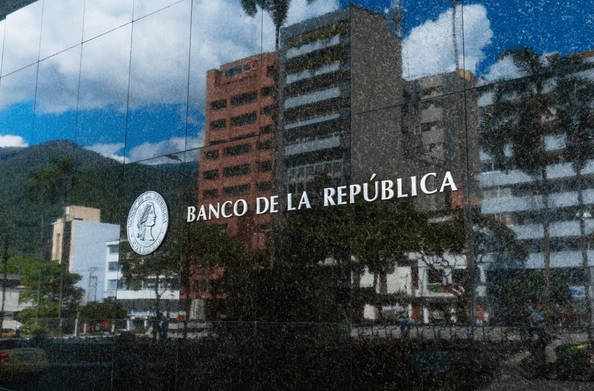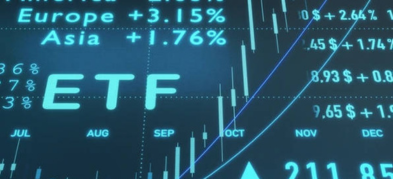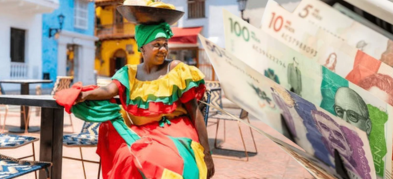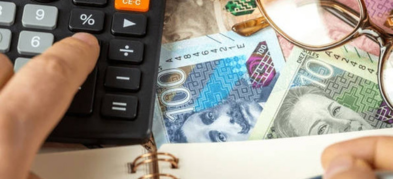
Ultima Markets App
Trade Anytime, Anywhere
Important Information
This website is managed by Ultima Markets’ international entities, and it’s important to emphasise that they are not subject to regulation by the FCA in the UK. Therefore, you must understand that you will not have the FCA’s protection when investing through this website – for example:
- You will not be guaranteed Negative Balance Protection
- You will not be protected by FCA’s leverage restrictions
- You will not have the right to settle disputes via the Financial Ombudsman Service (FOS)
- You will not be protected by Financial Services Compensation Scheme (FSCS)
- Any monies deposited will not be afforded the protection required under the FCA Client Assets Sourcebook. The level of protection for your funds will be determined by the regulations of the relevant local regulator.
Note: Ultima Markets is currently developing a dedicated website for UK clients and expects to onboard UK clients under FCA regulations in 2026.
If you would like to proceed and visit this website, you acknowledge and confirm the following:
- 1.The website is owned by Ultima Markets’ international entities and not by Ultima Markets UK Ltd, which is regulated by the FCA.
- 2.Ultima Markets Limited, or any of the Ultima Markets international entities, are neither based in the UK nor licensed by the FCA.
- 3.You are accessing the website at your own initiative and have not been solicited by Ultima Markets Limited in any way.
- 4.Investing through this website does not grant you the protections provided by the FCA.
- 5.Should you choose to invest through this website or with any of the international Ultima Markets entities, you will be subject to the rules and regulations of the relevant international regulatory authorities, not the FCA.
Ultima Markets wants to make it clear that we are duly licensed and authorised to offer the services and financial derivative products listed on our website. Individuals accessing this website and registering a trading account do so entirely of their own volition and without prior solicitation.
By confirming your decision to proceed with entering the website, you hereby affirm that this decision was solely initiated by you, and no solicitation has been made by any Ultima Markets entity.
I confirm my intention to proceed and enter this website Please direct me to the website operated by Ultima Markets , regulated by the FCA in the United KingdomWhat Is the Currency of Colombia?
Colombia blends rich culture with a fast modernising economy. If you are planning a trip, paying a supplier, or following Latin American markets, it helps to know what is the currency of Colombia and how it works day to day. This guide starts with the essentials, giving a short history for context, then shares practical payment tips and a light market view for more trading context.

Colombia’s National Currency: The Colombian Peso
Before we get into “what is the currency of Colombia,”, here are some details that covers the code you will see on screens and the symbol on receipts.
- ISO code: COP
- Symbol: $
- Subunit: 1 peso equals 100 centavos
- Issuer: Banco de la República de Colombia
- Name note: You will see prices written as $, sometimes COP or Col$ in international contexts to avoid confusion with the US dollar.

Colombia Uses Peso?
To give a little context on how the Colombian peso: Yes, peso is the correct name for Colombia’s currency, and the Colombian peso is written as COP with the symbol $. You should know that several countries also use a peso, including Mexico, Argentina, Chile, the Philippines, and the Dominican Republic, which is why recognising COP is the safest shorthand in international contexts. You will typically see USD/COP and EUR/COP on price boards and broker platforms to avoid confusion with other pesos.
A Short History of the Colombian Peso
A little background helps anyone searching what is the currency of Colombia understand why notes look the way they do today.
The Colombian peso dates back to the nineteenth century and has been the country’s unit of account for generations. In 2016 the central bank launched a modern banknote family across the 2,000 to 100,000 peso range with stronger security features, better durability, and improved accessibility markings. That update reflected a push to improve durability, accessibility, and counterfeit resistance.
Using the Colombian Peso in Daily Life
Now that you know what is the currency of Colombia, here are the everyday details that save time and fees.
- How to pay: Cards are widely accepted in cities. Markets, taxis, and small shops often prefer cash. Keep $10,000 to $20,000 notes for daily spends.
- Rounding at the till: Small centavo coins are no longer used. Cash totals may be rounded to the nearest $50 or $100. Card and mobile payments charge the exact amount.
- Card tip: If a terminal asks to charge you in your home currency, choose COP for a better rate.
- Mobile wallets you will see: Locals commonly use Nequi and Daviplata for QR and app payments. Visitors usually rely on cards and cash.
- ATMs and safety: Prefer machines inside banks or shopping centres. Decline any on-screen currency conversion if offered.
- Spotting fakes Touch for raised ink, look for the watermark against light, and tilt to see the embedded thread and colour shift on newer notes.
Peso Banknotes You Will Use
This quick reference lists the denominations you will handle when using the Colombian peso.
- Coins in circulation: $50, $100, $200, $500, $1,000
- Banknotes: $2,000, $5,000, $10,000, $20,000, $50,000, $100,000
- Security features: Watermarks, security threads, colour shift, microtext, and tactile marks on the current series

Why COP Matters to the Market
After covering what is the currency of Colombia in daily life, here’s why COP shows up in market headlines. Colombia is a meaningful exporter of oil, coal and coffee, so changes in commodity income, especially moves in coffee futures alongside oil prices, can influence the Colombian peso.
By adding domestic inflation and interest rate expectations, you will have the main forces that set the currency’s tone. The central bank follows an inflation targeting framework that helps anchor expectations and supports stability over time. For a deeper look at the coffee angle, see our guide to coffee futures and connect those price swings to USD/COP.
What Moves COP
Think of these as the main levers that set the tone. This is not a trading playbook, just a short watchlist for reading headlines with confidence.
- Commodity backdrop Broad moves in oil and key exports often lift or pressure COP through the trade balance.
- Inflation and policy Monthly CPI and central bank decisions guide the interest-rate path and the peso’s tone.
- Growth signals Trade balance, industrial output, and employment shape the macro backdrop for the Colombian peso.
- Global conditions A stronger US dollar or higher US real yields can weigh on Latin American FX, including COP.
- Regional mood During wide risk swings, COP may move with peers such as the Chilean and Peruvian currencies.
FAQs
What is the currency of Colombia called?
The official currency in Colombia is the Colombian peso with symbol $ and code COP.
Do I need coins in Colombia?
Yes. Carry $50 to $500 coins for buses, kiosks, and small shops.
Can I pay contactless at Colombia?
Often in larger cities. For the best rate, select COP if a terminal asks which currency to use.
Conclusion
If you came here wondering what is the currency of Colombia, you now know the answer. The Colombian peso is simple to use in daily life with broad card acceptance in cities. If you’re a trader, keep an eye on markets, watch coffee futures, oil prices, inflation updates, and central bank guidance, since these often shape USD/COP. Otherwise, enjoy the practical tips above and you’ll be set for smooth payments and clearer headlines on your next trip or transaction.
Disclaimer: This content is provided for informational purposes only and does not constitute, and should not be construed as, financial, investment, or other professional advice. No statement or opinion contained here in should be considered a recommendation by Ultima Markets or the author regarding any specific investment product, strategy, or transaction. Readers are advised not to rely solely on this material when making investment decisions and should seek independent advice where appropriate.












